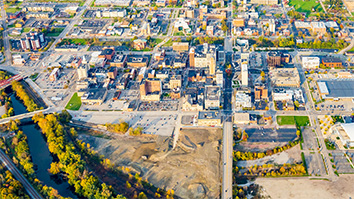Citation
Paley “S., Krummenacker M., Karp” P. D. Representation and inference of cellular architecture for metabolic reconstruction and modeling. Bioinformatics, vol. 32, no. 7, pp. 1074-9, 2016.
Abstract
Motivation
Metabolic modeling depends on accurately representing the cellular locations of enzyme-catalyzed and transport reactions. We sought to develop a representation of cellular compartmentation that would accurately capture cellular location information. We further sought a representation that would support automated inference of the cellular compartments present in newly sequenced organisms to speed model development, and that would enable representing the cellular compartments present in multiple cell types within a multicellular organism.
Results
We define the cellular architecture of a unicellular organism, or of a cell type from a multicellular organism, as the collection of cellular components it contains plus the topological relationships among those components. We developed a tool for inferring cellular architectures across many domains of life and extended our Cell Component Ontology to enable representation of the inferred architectures. We provide software for visualizing cellular architectures to verify their correctness and software for editing cellular architectures to modify or correct them. We also developed a representation that records the cellular compartment assignments of reactions with minimal duplication of information.
Availability and implementation
The Cell Component Ontology is freely available. The Pathway Tools software is freely available for academic research and is available for a fee for commercial use.
Supplementary information
Supplementary data are available at Bioinformatics online.
© The Author 2015. Published by Oxford University Press. All rights reserved. For Permissions, please e-mail: journals.permissions@oup.com.


